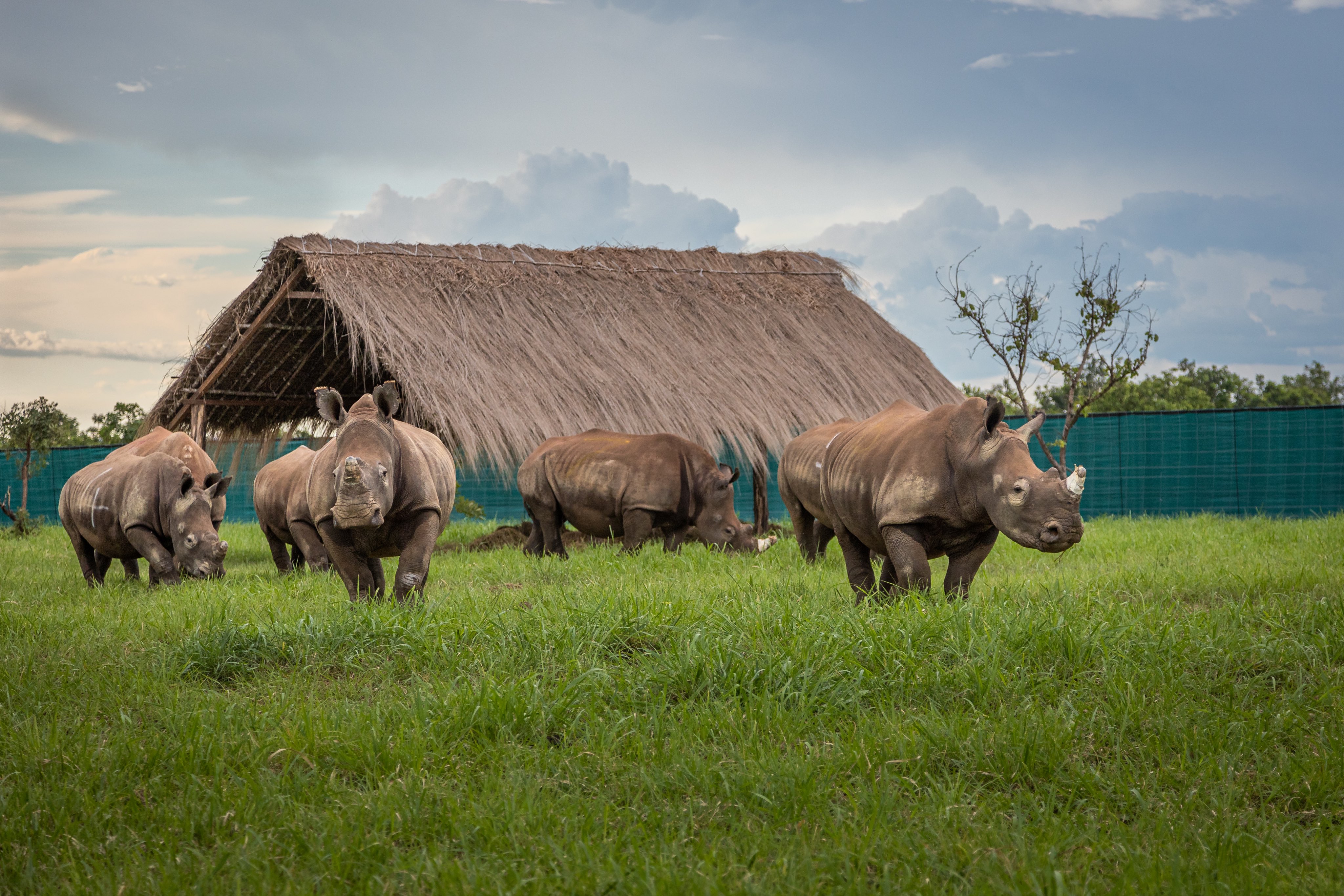It is the story of one war followed by another war. Yes, it is the…

DR Congo: white rhinoceros returns to Garamba National Park
On Friday, June 9, the fauna of Garamba National Park, in the northeast of the Democratic Republic of Congo, on the border with South Sudan, increased: 16 southern white rhinoceroses arrived from South Africa. These splendid and imposing animals, emblematic of the park, had completely disappeared from the area in 2006 due to poaching, but now they have returned thanks to a project by the Congolese Institute for Nature Conservation (ICCN), which has reached an agreement with a private reserve in KwaZulu Natal, South Africa, from which the 16 rhinoceroses come.
As explained by the management of Garamba Park itself, this is “an unprecedented initiative aimed at restoring ecological balance in one of Africa’s oldest national parks”, which was made possible thanks to the collaboration with various international entities, which also provided technical support.
The 16 white rhinoceroses, in fact, traveled in two stages: first by plane, arriving at Doko airport:
and then by truck to Garamba Park, their new habitat, where they will be followed by qualified personnel and a veterinarian:
As stated by the general director of ICCN, Milan Ngangay Yves, “the return of white rhinoceroses testifies to the commitment of the DRC in the conservation of biodiversity. In fact, Garamba Park is ready to become a world-renowned sanctuary for megaherbivores”. Peter Fearnhead, CEO of African Parks, echoed him, stating: “Now that Garamba is a safe place and has adequate protection, this reintroduction is the beginning of a process in which the southern white rhinoceros, as the closest genetic alternative, can play the role of the northern white rhinoceros in that specific landscape”.
Garamba National Park was established in 1936 to conserve the high number of large mammal populations in the area and was classified as a World Heritage Site by UNESCO in 1984. Over the decades, Garamba has undergone many periods of armed conflict, extensive ivory poaching, and civil wars, which have led to a sharp decline in wildlife populations, to the point that its presence on UNESCO’s list was called into question at one point. With a series of national and international institutional agreements between 2005 and 2016, the security of the park has gradually stabilized, so with much effort and patience, the numbers of wildlife are increasing, giving hope for the future.
Upon their arrival, park eco-guards welcomed the 16 rhinoceroses with a welcome sign, a sign that ecosystem balance is an advantage for everyone.



